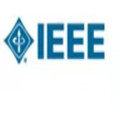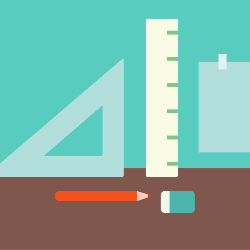Recently, Barber and Cand\`es laid the theoretical foundation for a general framework for false discovery rate (FDR) control based on the notion of "knockoffs." A closely related FDR control methodology has long been employed in the analysis of mass spectrometry data, referred to there as "target-decoy competition" (TDC). However, any approach that aims to control the FDR, which is defined as the expected value of the false discovery proportion (FDP), suffers from a problem. Specifically, even when successfully controlling the FDR at level {\alpha}, the FDP in the list of discoveries can significantly exceed {\alpha}. We offer two new procedures to address this problem, both of which are compatible with the knockoff framework or TDC. FDP-SD rigorously controls the FDP in the competition setup by guaranteeing that the FDP is bounded by {\alpha} at any desired confidence level. The complementary TDC-UB is designed to bound the FDP for any list of top-scoring target discoveries. Compared with the just-published general framework of Katsevich and Ramdas, our proposed procedures generally offer more power (FDP-SD) and tighter bounds (TDC-UB) and often substantially so in simulated as well as real data.
翻译:最近,Barber和Cand ⁇ es为假发现率(FDR)控制的一般框架奠定了理论基础,其基础是“击掌”的概念。 长期以来,在分析质量光谱学数据时,一直采用一种密切相关的FDR控制方法,称之为“目标标记竞争 ” (TDC ) 。然而,任何旨在控制FDR(被界定为虚假发现比例的预期值)的方法都存在问题。具体地说,即使成功控制FDR(水平)水平的FDR(水平),发现清单中的FDP(FDR)可能大大超过xalpha}。我们提出了两个解决这一问题的新程序,这两个程序都与Katsevich和Ramdas(Lamda-SD)框架或TDC框架一致。 FDP-SD(基础)的拟议程序通常在竞争设置中严格控制FDP(FDP),保证FDP在任何期望的信任水平上都受~pha}的约束。 补充TD-UB旨在将FDP(最高分级的发现清单约束,与刚公布的G-DD(FD-D-DD)总而言是更紧密的、更紧密的。




